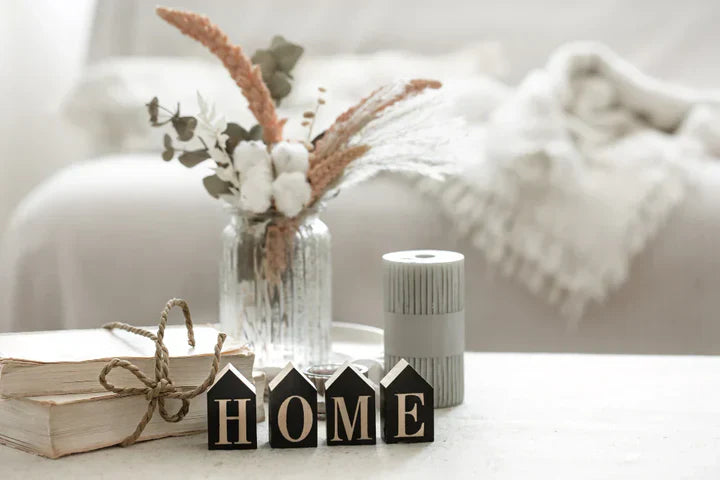
The Rhythm of Design: Why Home Trends Always Come Back
Kora MosesLike fashion, home décor moves in cycles. What was once considered outdated—such as rattan chairs, terrazzo tiles, or brass hardware—often returns, reinterpreted for contemporary spaces. These returns are not random. They represent a broader rhythm influenced by shifting lifestyles, cultural references, and the evolving relationship between people and the spaces they inhabit.
Much of this cyclical nature is tied to memory—both individual and collective. Generations raised with certain aesthetics often find themselves drawn back to familiar shapes, patterns, or layouts. As younger audiences explore the interiors of past decades through online archives, design blogs, and social media platforms, elements from the '70s, '90s, or early 2000s begin to resurface in fresh ways. These styles aren’t revived as replicas but rather serve as reference points that spark new interpretations.
Designers and decorators often engage with this historical rhythm intentionally. Past design movements—from mid-century modern to postmodernism and minimalist Scandinavian aesthetics—continue to influence the present. Rather than recreating them precisely, today's interiors incorporate elements like curved silhouettes, natural textures, or modular arrangements in ways that support current needs and preferences.
Another factor behind recurring trends is a growing interest in the story behind objects. Consumers are paying closer attention to where items come from, how they are produced, and how long they may last. This focus leads to renewed appreciation for older design philosophies rooted in utility, repetition, and simplicity. What once appeared ordinary is now reconsidered as deliberate and adaptable.
Technological advances also contribute to this pattern of return. Innovations in manufacturing, new surface treatments, and evolving material applications allow classic forms to be presented in entirely new contexts. A vintage-inspired lamp might now feature updated wiring and energy efficiency. A retro tile pattern may be recreated using modern methods for easier upkeep. The core aesthetic remains, but the function aligns with current standards.
Moreover, lifestyle changes play a crucial role in how trends come back. As people spend more time at home, their expectations around space shift. Interiors are no longer viewed as static displays, but as places for rest, creativity, work, and interaction. This change creates room for design elements that balance visual familiarity with practical utility.
Ultimately, what makes a trend return isn't its originality, but its ability to adapt. A cane chair from the past might now be paired with a steel base. A nostalgic wall pattern may appear in a new colorway or on a different scale. These combinations give familiar objects renewed relevance.
Understanding this ongoing rhythm helps individuals approach interior choices with a long-term mindset. Rather than chasing what’s momentarily popular, many turn toward designs that can evolve with time. These choices often reflect clarity, purpose, and a deep appreciation for the layers of influence behind every pattern, shape, and piece of furniture.
Design is not fixed—it moves. And within that movement, history offers a foundation, not a limitation. Trends return not to repeat, but to be reimagined.
